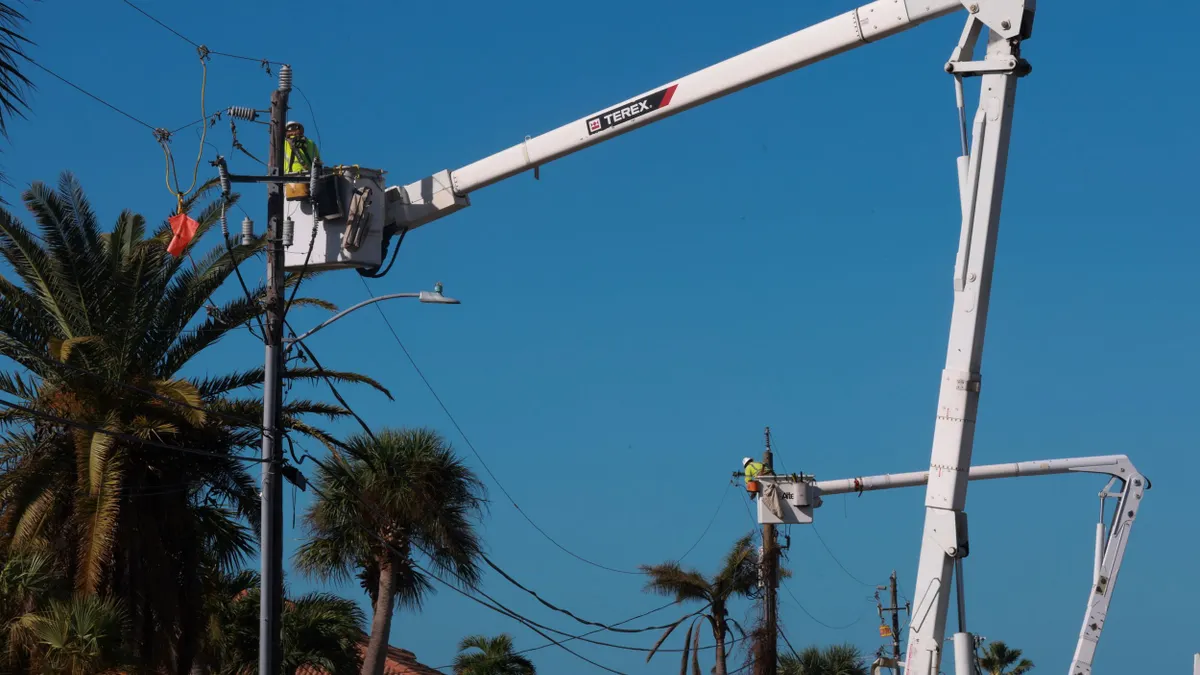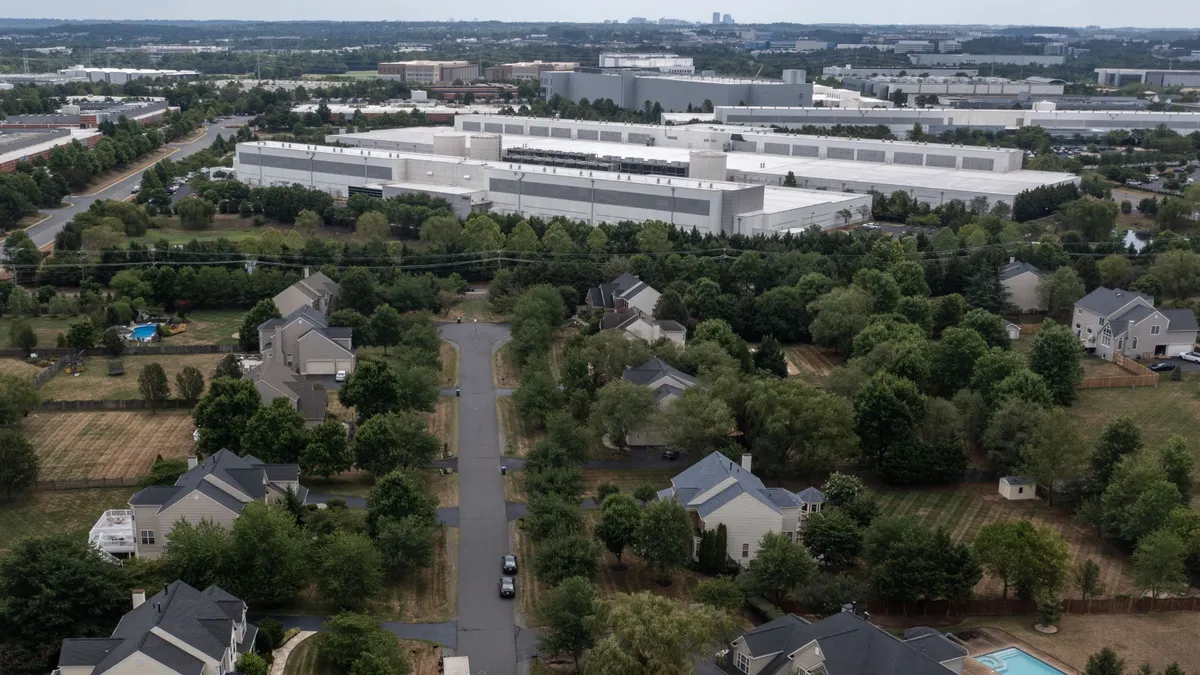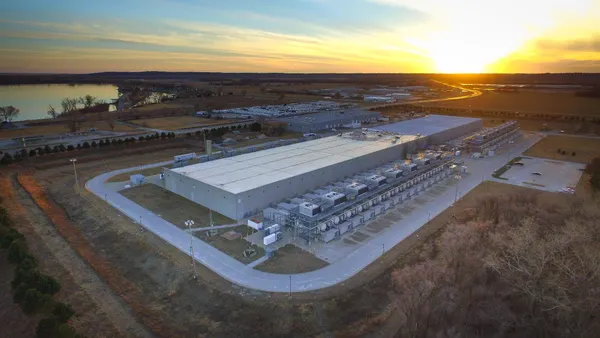Dive Brief:
- The overwhelming majority of utilities see artificial intelligence as a strategic focus and 42% plan targeted AI deployments over the next two years, according to a National Grid Partners survey released earlier this month.
- Utilities see promise in AI use cases ranging from regulatory reporting and compliance to worker training and remote equipment monitoring, the survey found.
- But while utilities increasingly see value in embedding enterprise AI across their operations, most lack the internal expertise to do so on their own and may need to partner with nimbler startups to realize the technology’s full potential, National Grid Partners Head of Investments Pradeep Tagare said in an email.
Dive Insight:
National Grid Partners is the corporate investment and innovation arm of National Grid, an investor-owned utility with operations in Great Britain and the northeastern United States. Its second annual “utility innovation survey” collected responses from 166 utility industry leaders earlier this year. The survey asked utility leaders to rank their first, second and third “innovation priorities.”
This year’s found a significant shift in those priorities. Seventy-one percent said grid modernization was their first, second or third priority followed by 45% who ranked digital transformation in the top three.
Last year, digital transformation was the top priority with a combined 57% of first, second and third ranks, followed by “efficiency” with a combined 48%.
Those priorities broadly track with what Tagare said are the biggest near-term opportunities for utilities to leverage next-generation digital technologies.
AI is particularly well suited for grid applications like predictive equipment maintenance, reducing wildfire risk, expanding line capacity and more effectively forecasting supply and demand as renewables’ share of generation increases, Tagare said. It’s also a potential boon for utility operations, enabling better virtual power plants, cyber defenses and worker safety protocols, he added.
National Grid Partners found a slim majority of utility leaders believe AI will have a greater impact on innovation over the next two years than any other technology. As for how they’ll judge its impact, 80% said they’d scrutinize fiscal metrics like return on investment and cost savings; 71% said they’d consider operational efficiency gains and 61% said they’d look at time saved on company processes.
Before that, utilities need to figure out how to deploy AI — and under whose supervision. National Grid Partners found 61% of respondents worried that a lack of AI talent would hold back those plans.
“There is a real shortage of experience, broadly and in the utility industry, of deploying enterprise AI,” Tagare said.
He added that small language models — which are tailored more narrowly to specific applications than large language models like ChatGPT — may be better-suited for utilities’ needs. The problem is that small language models require specialized technical talent that is in short supply, Tagare said. That could hamper utilities’ efforts to develop custom solutions in-house.
To solve that problem, which he called “the single biggest challenge that utility leaders have to overcome,” Tagare said power companies should consider partnering with AI startups developing grid solutions. It’s a win-win proposition, albeit one involving very different business cultures, he said.
“Utilities and startups are like Venus and Mars — they don’t understand each other’s language,” Tagare said.














